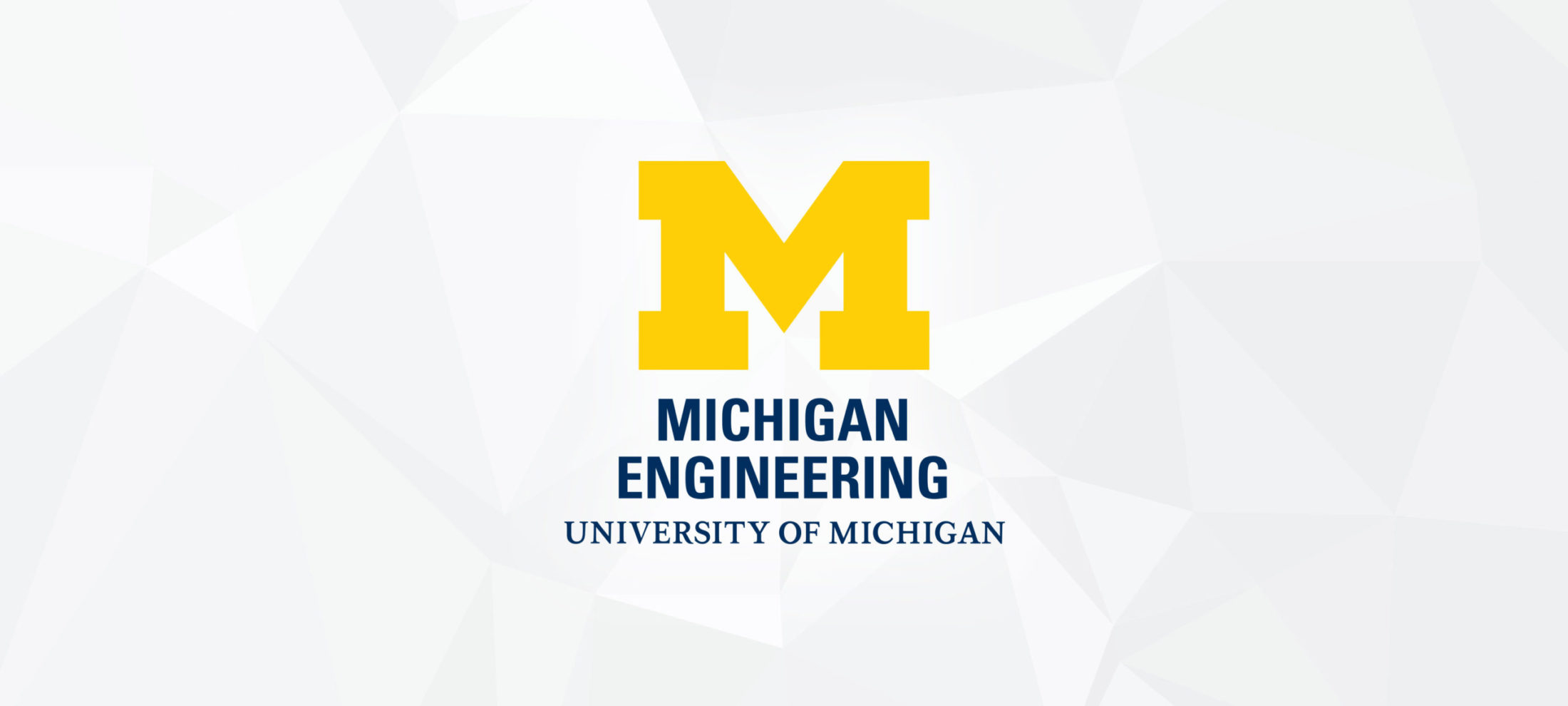
Early innovators: Biomedical engineering upstarts
Research spawns companies that forge advancements in numerous fields.

Research spawns companies that forge advancements in numerous fields.
Michigan Engineering’s Department of Biomedical Engineering has produced more than its fair share of graduates whose research discoveries have spawned successful companies or improved their products. Here are just a few examples:
Walter Olson (PhD ’73)
Walter Olson has some 30 cardiological patents to his name from a nearly 30-year career at Medtronic, Inc.
Olson began his career following graduation as a professor at the University of Illinois and at the MIT/Harvard Program in Health Sciences and Technology. His team’s research on computer algorithms for real-time analysis of cardiac arrhythmias was licensed to Medtronic for wearable Holter ECG devices with early microprocessors.
Olson joined Medtronic and soon began research on cardiac pacemakers, adding an artificial sensor to increase heart rate with exertion. He later earned a Patent of Distinction for an algorithm used in implantable cardioverter defibrillators to more precisely determine when arrhythmias require defibrillation.
Olson has said that he brought from Michigan Engineering a model of academic questioning that has helped sharpen critical thinking for the development of new products.
Barry Bochner (BME PhD ’76)
Barry Bochner’s best idea was also his hardest sell.
As a graduate student, Bochner stumbled across a dye that changed color whenever a microbial cell was metabolically active. But by testing cells under various conditions, Bochner found that each strain produced a unique color pattern, or metabolic “fingerprint” – and he immediately realized his finding’s potential in identifying disease-causing organisms.
This was 1975 – three years before the field of biotechnology even existed – so the battle to find a patent attorney, never mind investors, was entirely uphill. But with determination, a knowledgeable business partner, and additional applications in cellular phenotyping, Bochner built his company – Biolog – into a successful supplier of cell-testing technology for government and university research labs.
Biolog assays have been used by the FDA, USDA, and even the U-M medical school, where they helped researchers find the amino acid key to growing Legionella. By measuring how cells respond to some 2,000 different energy sources, chemicals, ions, and pH conditions, Biolog products can show the biological effects of genetic changes and test drug actions and their side effects.
Scott Merz (BME PhD ’93)
Scott Merz came to Ann Arbor to work toward a master’s degree in bioengineering. Instead, he completed a PhD, launched three medtech companies, and helped to develop an artificial lung business that has saved soldiers in Iraq.
As a graduate student, Merz joined the laboratory of Dr. Robert Bartlett, a surgeon renowned for his work on artificial organs. Merz parlayed this experience into a thesis on the automatic control of heart-lung machines. He also developed an innovative blood pump that launched the company he now runs, MC3, in Ann Arbor.
MC3, which focuses on early-stage BME work, spun off the biocompatible coating company Accord Biomaterials. It also catalyzed German start-up NovaLung, which markets the implantable artificial lung Merz has been helping to develop for more than a decade.
Merz remains committed to building the medtech environment in southeast Michigan.